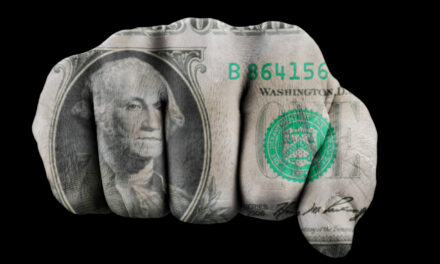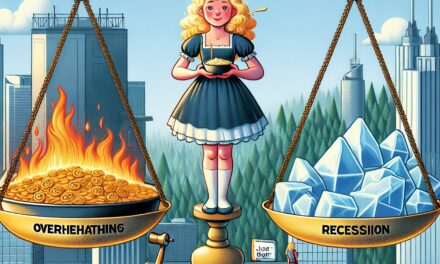Looking for that perfect gift for the investor in your life — or yourself? USA Today published its list of the best five books to give investors young and old, new and experienced this Christmas.
Per USA Today:
For those first interested in learning economics, John Tamny’s “Popular Economics” is great fun. Instead of charts and equations, you get Mick Jagger’s tax bill and other real-life examples. Pair it with Henry Hazlitt’s classic, “Economics in One Lesson” – a less pop, still easy-breezy explainer.
Last year I suggested biographies of legendary financiers – Hetty Green, Bernard Baruch, Sir John Templeton and any other greats. This year, try a modern memoir: “I Love Capitalism!: An American Story” by Ken Langone, Home Depot founder-turned-philanthropist. He bootstrapped his way from plumber’s son to the Forbes 400. He is a great storyteller to boot.
Anyone working with – or thinking of hiring – a broker or investment adviser needs Fred Schwed’s “Where Are the Customers’ Yachts?” Written 26 years after the 1929 crash, it’s a searing rebuke of Wall Street’s snake oil salesmen and the pitfalls normal people fall prey to. It’s hilarious and zippy – with great cartoons. If shopping for an antique lover, grab a vintage copy.
After stocks’ rocky autumn, a market volatility survival guide may top many readers’ lists. Surprise them with the best how-to guide there is: a beautifully illustrated version of Rudyard Kipling’s “If” poem. Kipling wrote it for his son, but it’s a life manual for all with timeless wisdom for folks facing difficulty. I keep a copy with me always and refer to it often.
I also keep Adam Smith’s “Theory of Moral Sentiments” close by. Finance types always name drop his “Wealth of Nations,” basically capitalism’s bible. But “Moral Sentiments” is a great treatise on living well, doing what you love and treating others with kindness.
If those on your shopping list like less-lengthy tomes, get them Russ Roberts’ “How Adam Smith Can Change Your Life.” Roberts, an economist and podcaster, plays tour guide through “Moral Sentiments,” making Smith’s work a relatable delight for modern readers.
History buffs can never go wrong with Milton Friedman and Anna Jacobson Schwartz’s classic, “A Monetary History of the United States, 1867-1960.” It’s weighty yet easy to understand. It will change your view of the Great Depression forever. Wesley Clair Mitchell’s Business Cycles or any of Roger Babson’s Business Barometer books from 1930–50 would pair well with “A Monetary History,” and you can find lovely antique copies online.
For those interested in more recent history, try a book I briefly mentioned in my summer reading list: “The Intel Trinity,” by Michael S. Malone. Techies and non-techies alike should love learning how Bob Noyce, Gordon Moore and Andy Grove brought us from crude integrated circuits to the wonders of modern electronics.
On the lighter side of history, try Diane Coyle’s “GDP: A Brief but Affectionate History.” Readers will learn where this blunt, often inaccurate measure of economic output came from, how it evolved and how investors became overly obsessed with it. Spoiler alert: They’ll also see why GDP is getting less and less useful for investors as the digital economy evolves.
Lastly, for that niece or nephew who won’t crack a book, try one of my all-time favorite movies, “Trading Places.” When an upper-crust commodities broker played by Dan Aykroyd swaps lives with Eddie Murphy’s street hustler, hilarity ensues. So do timeless financial lessons, like never invest on margin.
Editor’s note: Do you have a favorite book on anything Money & Markets related you’d like to suggest? Share in the comments below.




